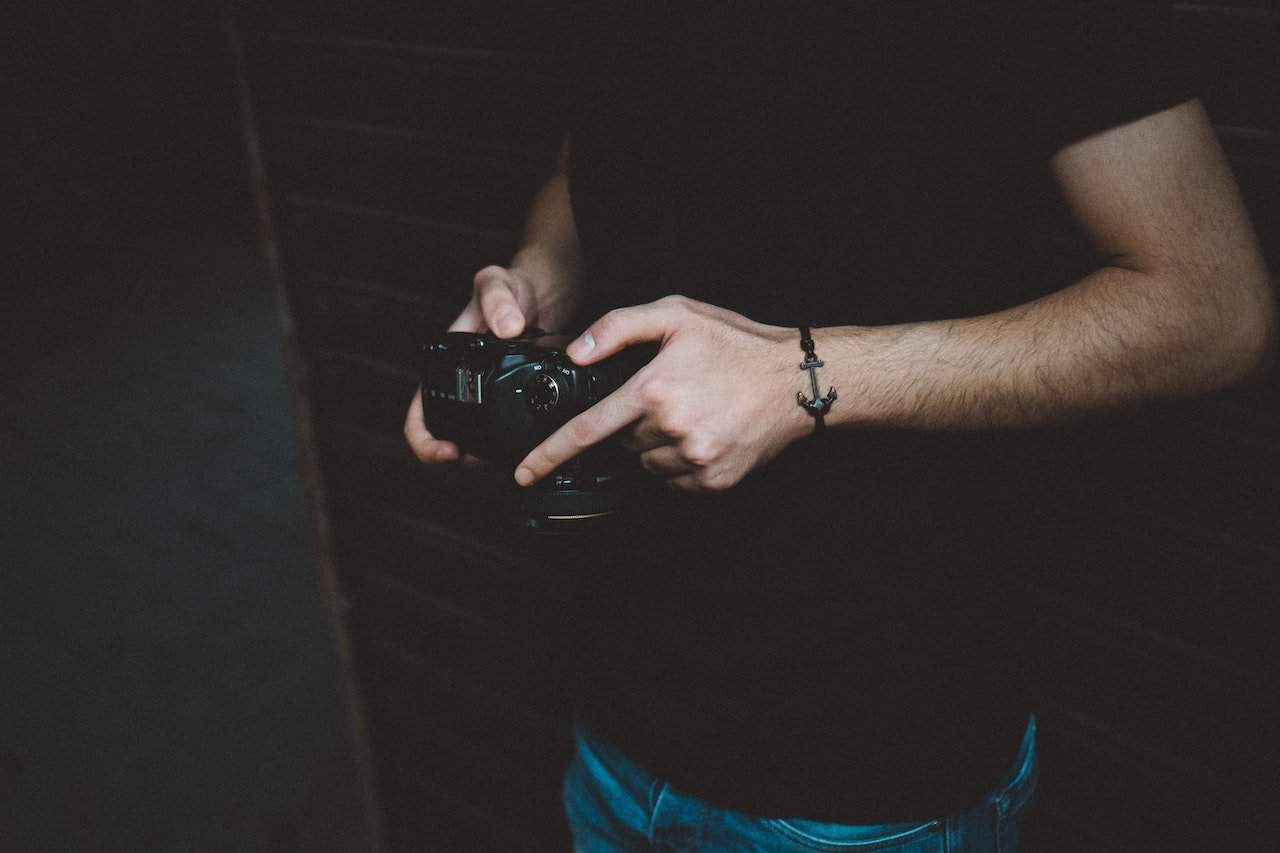
As an Amazon Associate we earn from qualifying purchases.
Having your main subject in focus lets the viewer know it’s your key point in the photo. Understanding the settings to change to get razor-sharp photos on the Nikon D850 camera will help you capture crisp images even in poorly-lit situations.
Quick Navigation
The best settings you need to change to get razor-sharp photos on the Nikon D850 are the focus, ISO, and shutter speed. Typically, you should use faster shutter speeds of around 1/1000th to capture sharp images without blur. If the lighting is not good, you can increase ISO to around 800 to brighten the images without introducing image graininess.

Even if the Nikon D850 comes with advanced autofocus, consider using manual focus so you can precisely focus on your subject. Depending on the lighting conditions and the lens you have paired the camera with, you can adjust the following settings to get razor-sharp images.
ISO simply refers to how the camera's sensor responds to light. Increasing the ISO increases the sensor's sensitivity and results in brighter images while decreasing the ISO reduces the sensitivity and results in darker images.
However, high ISO may result in an unwanted grain and noise effect, lowering the overall quality of your images. The amount of graininess high ISO introduces to an image also depends on the quality of the image sensor.
Since the Nikon D850 is a high-quality camera with a flexible ISO range of 32 to 102400, you can use ISO 32 to shoot crisp images in good ambient lighting and ISO 800 or 1600 when shooting poorly-lit interiors.
Shutter speed is the duration your camera shutter remains open, exposing your camera sensor to light, usually measured in fractions of a second. Fast shutter speeds expose the sensor for a smaller duration, minimizing the amount of light reaching the sensor.
In most cases, this results in darker images. On the other hand, slow shutter speeds expose the sensor longer, resulting in brighter images. However, any camera vibration or subject movement when the shutter is still open results in blurring.
The best shutter speed setting for sharp photos when using the camera with a tripod setup to shoot stationary subjects is 1/focal length. However, if the subject is moving or you are shooting handheld, it's advisable to use faster shutter speeds of around 1/1000th to 1/2000th.
The aperture controls the amount of light entering the camera, which makes it a member of the exposure triangle, together with the ISO and shutter speed. That means the aperture can influence the ISO and shutter speed settings.
The following are some ways to adjust the aperture to optimize the image sharpness depending on the subject you are shooting.
The Nikon D850 allows you to either use autofocus, which automatically detects, analyzes, and focuses on your subject, or manual focus, where you have to rotate the focus ring on the lens to gain focus.
In most cases, the image will look sharp if the subject is in focus and the background is out of focus. Although this camera comes with an enhanced 153-Point Multi-Cam autofocus system, the system might still not get the best focus for sharp images, especially when shooting in interiors in poor lighting or low-contrast conditions.
The best way is to manually focus on the subject and then enable the camera’s Autofocus Fine-Tune Function, which helps the autofocus system to recalibrate itself and alleviate both back-and-front focusing issues. You can then shoot using the autofocus option after this calibration.

Lighting is one of the main factors that affect the overall image quality. Keeping in mind that you might be shooting real estate exteriors in good ambient lighting or interior photos in poor lighting, use the following settings to capture sharp and bright images.
Although it’s technically possible to use the highest ISO and fastest shutter speed on Nikon D850, the high ISO settings will make the image grainy and low-quality. On the other hand, the fastest shutter speed might result in darker images.
You might not need to use a tripod with the Nikon D850 if using fast shutter speeds. Usually, the fast shutter speed will help freeze the subject even if there are camera shakes or subject movements, and the resulting image might not be blurred.
Yes, you can enhance sharpness in post-processing using image editing programs such as Adobe Lightroom or Photoshop. Usually, sharpening in post-processing works by enhancing edge contrast, which makes edges appear crisper and more defined. However, capturing sharp images in-camera is always preferable, as excessive post-processing can introduce artifacts and degrade the overall image quality.
The Nikon D850 is an advanced camera with a flexible ISO range and a high-quality sensor that can capture sharp images. Learning how to adjust the ISO and shutter speed based on your lighting conditions and whether the subject is stationary or not can help you capture crisp photos.
